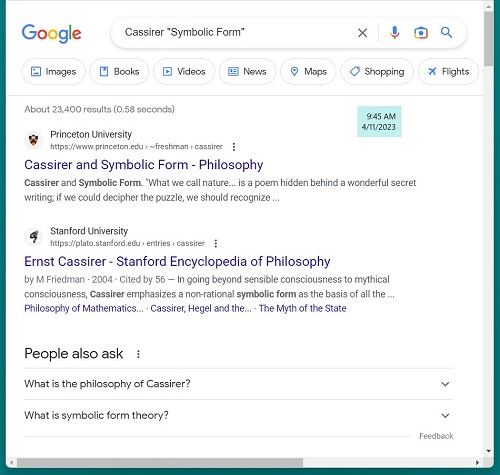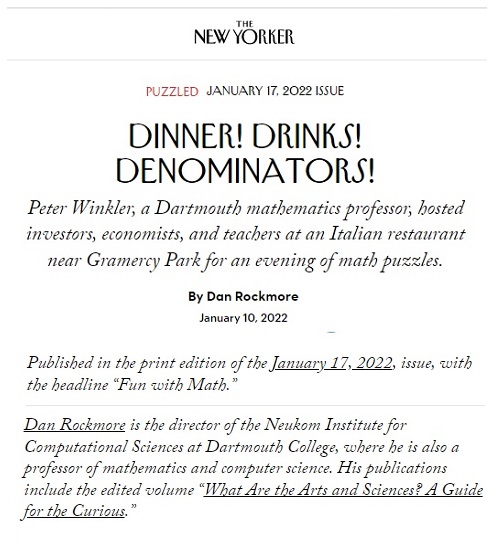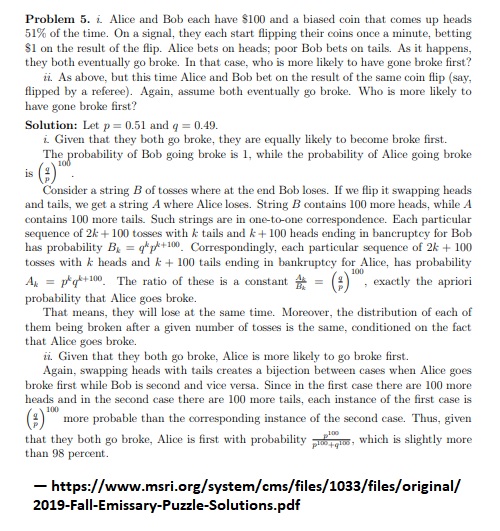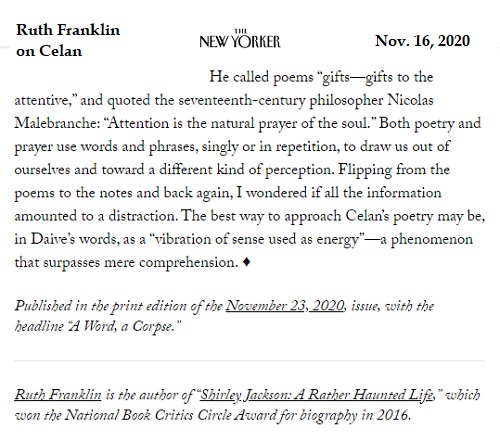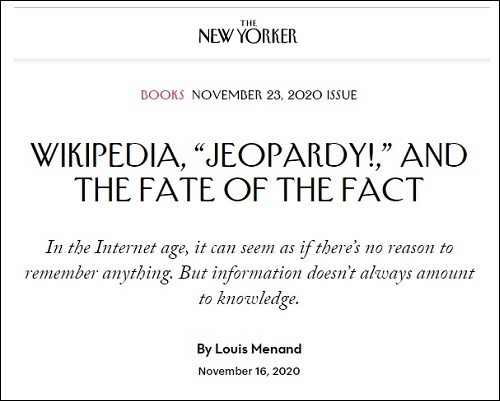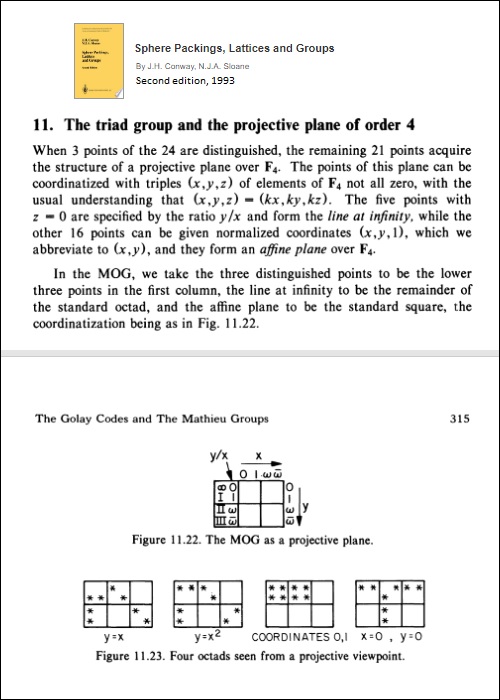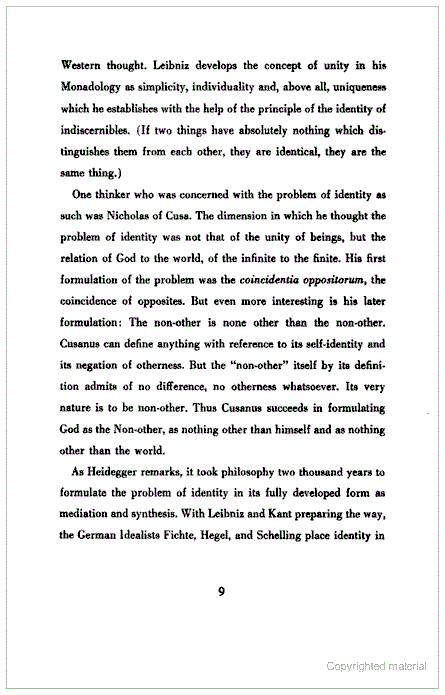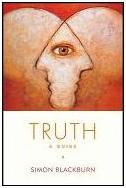Hobgoblin?
Brian Davies is a professor of mathematics at King’s College London. In the December Notices of the American Mathematical Society, he claims that arithmetic may, for all we know, be inconsistent:
“Gödel taught us that it is not possible to prove that Peano arithmetic is consistent, but everyone has taken it for granted that in fact it is indeed consistent.
Platonistically-inclined mathematicians would deny the possibility that Peano arithmetic could be flawed. From Kronecker onwards many consider that they have a direct insight into the natural numbers, which guarantees their existence. If the natural numbers exist and Peano’s axioms describe properties that they possess then, since the axioms can be instantiated, they must be consistent.”
“It is not possible to prove that Peano arithmetic is consistent”…?!
Where did Gödel say this? Gödel proved, in fact, according to a well-known mathematician at Princeton, that (letting PA stand for Peano Arithmetic),
“If PA is consistent, the formula expressing ‘PA is consistent’ is unprovable in PA.”
— Edward Nelson,
Mathematics and Faith (pdf)
Remarkably, even after he has stated correctly Gödel’s result, Nelson, like Davies, concludes that
“The consistency of PA cannot be concretely demonstrated.”
I prefer the argument that the existence of a model ensures the consistency of a theory.
For instance, the Toronto philosopher William Seager writes that
“Our judgement as to the consistency of some system is not dependent upon that system’s being able to prove its own consistency (i.e. generate a formula that states, e.g. ‘0=1’ is not provable). For if that was the sole basis, how could we trust it? If the system was inconsistent, it could generate this formula as well (see Smullyan,
Gödel’s Incompleteness Theorems, (Oxford, 1992, p. 109)). Furthermore, [George] Boolos allows that we do know that certain systems, such as Peano Arithmetic, are consistent even though they cannot prove their own consistency. Presumably, we know this because we can see that a certain model satisfies the axioms of the system at issue, hence that they are true in that model and so must be consistent.”
— Yesterday’s Algorithm:
Penrose and the Gödel Argument
The relationship between consistency and the existence of a model is brought home by the following weblog entry that neatly summarizes a fallacious argument offered in the AMS Notices by Davies:
The following is an interesting example that I came across in the article “Whither Mathematics?” by Brian Davies in the December issue of Notices of the American Mathematical Society.
Consider the following list A1 of axioms.
(1) There is a natural number 0.
(2) Every natural number a has a successor, denoted by S(a).
(3) There is no natural number whose successor is 0.
(4) Distinct natural numbers have distinct successors: a = b if and only if S(a) = S(b).
(5) If a property is possessed by 0 and also by the successor of every natural number which possesses it, then it is possessed by all the natural numbers.
Now consider the following list A2 of axioms.
(1) G is a set of elements and these elements obey the group axioms.
(2) G is finite but not isomorphic to any known list of finite simple groups.
(3) G is simple, in other words, if N is a subset of G satisfying certain properties then N=G.
We can roughly compare A2 with A1. The second axiom in A2 can be thought of as analogous to the third axiom of A1. Also the third axiom of A2 is analogous to the fifth axiom of A1, insofar as it refers to an unspecified set with cetain properties and concludes that it is equal to G.
Now, as is generally believed by most group theorists, the system A2 is internally inconsistent and the proof its inconsistency runs for more than 10000 pages.
So who is to deny that the system A1 is also probably internally inconsistent! Particularly since Godel proved that you can not prove it is consistent (staying inside the system). May be the shortest proof of its inconsistency is one hundred million pages long!
— Posted by Krishna,
11/29/2005 11:46:00 PM,
at his weblog,
“Quasi-Coherent Ruminations”
An important difference between A1 (the set of axioms of Peano arithmetic) and A2 (a set of axioms that describe a new, unknown, finite simple group) is that A1 is known to have a model (the nonnegative integers) and A2 is not known to have a model.
Therefore, according to Seager’s argument, A1 is consistent and A2 may or may not be consistent.
The degree to which Seager’s argument invokes Platonic realism is debatable. Less debatable is the quasireligious faith in nominalism proclaimed by Davies and Nelson. Nelson’s own account of a religious experience in 1976 at Toronto is instructive.
I must relate how I lost my faith in Pythagorean numbers. One morning at the 1976 Summer Meeting of the American Mathematical Society in Toronto, I woke early. As I lay meditating about numbers, I felt the momentary overwhelming presence of one who convicted me of arrogance for my belief in the real existence of an infinite world of numbers, leaving me like an infant in a crib reduced to counting on my fingers. Now I live in a world in which there are no numbers save those that human beings on occasion construct.
— Edward Nelson,
Mathematics and Faith (pdf)
Nelson’s “Mathematics and Faith” was written for the Jubilee for Men and Women from the World of Learning held at the Vatican, 23-24 May 2000. It concludes with an invocation of St. Paul:
During my first stay in Rome I used to play chess with Ernesto Buonaiuti. In his writings and in his life, Buonaiuti with passionate eloquence opposed the reification of human abstractions. I close by quoting one sentence from his
Pellegrino di Roma. “For [St. Paul] abstract truth, absolute laws, do not exist, because all of our thinking is subordinated to the construction of this holy temple of the Spirit, whose manifestations are not abstract ideas, but fruits of goodness, of peace, of charity and forgiveness.”
— Edward Nelson,
Mathematics and Faith (pdf)
Belief in the consistency of arithmetic may or may not be foolish, and therefore an Emersonian hobgoblin of little minds, but bullshit is bullshit, whether in London, in Princeton, in Toronto, or in Rome.






